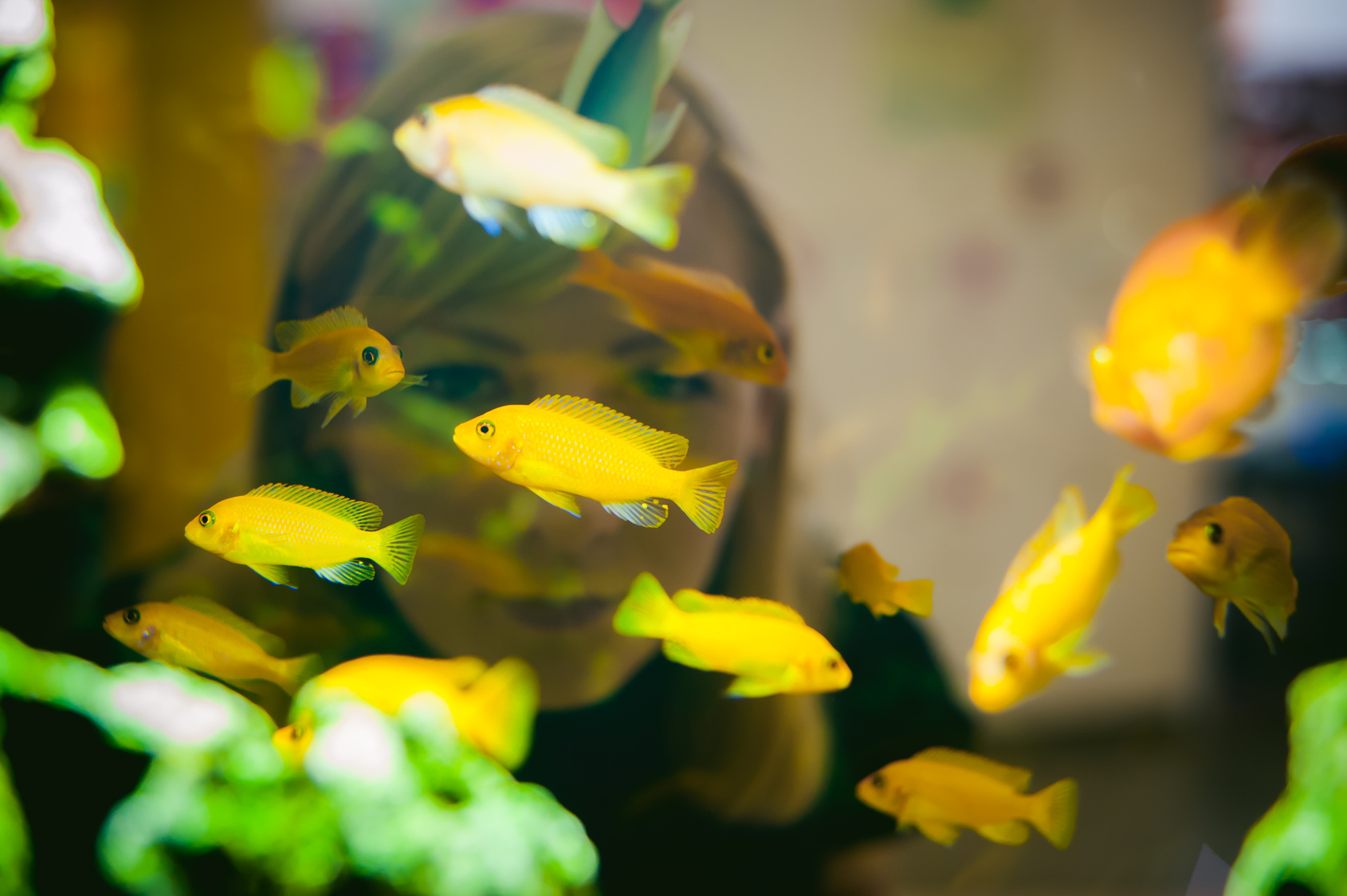How to choose food for aquarium fish?
This question may concern both beginners and advanced aquarists. Although for the latter, who have adequate knowledge, the decision may be easier, the number of ready-made foods available in shops can be overwhelming. So how to choose food for aquarium fish?
Nutritional requirements of fish
When choosing food for aquarium fish, it is important to know their nutritional needs first. Most commercially available fish are omnivorous species whose diet is based on both animal and plant-based ingredients. The second quite numerous group are herbivorous species, mainly cichlids from Malawi and Tanganyika lakes. The third group is made up of carnivorous species, many of which are reluctant or do not accept ready-made foods at all. In order to ensure a proper diet, an aquarist must also use frozen or live food.
The labels of Tropical foods indicate whether the product is a multi-ingredient food suitable for omnivorous fish, a high-protein food for carnivorous and omnivorous fish, or a high plant-based food that can be given to herbivorous and omnivorous species.
Types of fish food
Aquarium foods come in different forms. Once you know what type of food you need, you should choose its form. It depends on how the fish feed and its size. You must remember that specific fish live in specific zones of their aquatic environment. Some species live near the bottom, others in the middle layers of water or among plants. There are also species which prefer staying just below the water surface. The shape of the body and the location of their mouth generally indicate where the fish lives and help to choose the right kind of food.

The variety of forms makes it possible to adjust perfect product to specific species of fish, both in terms of particle size and the place and way in which the fish takes it.
Flakes
The most universal form of food for aquarium fish. Suitable for fish feeding in all aquarium zones. Its delicate structure makes it float on the water surface first and then slowly sink. As it reaches all parts of the tank, it is a perfect way to feed less active species and those that are lower in the hierarchy. In order to obtain smaller pieces of food, you just need to crumble the flakes.
Granules
Concentrated feed ration in the form of granules available in different sizes: granules (1.4-6.0 mm), mini granules (0.8-1.2 mm) and micro granules (0.5-0.7 mm). These are sinking or slowly sinking foods suitable for fish feeding in midwater and at the bottom of the aquarium. Most Tropical granules have a smooth surface and closed pores. Therefore, they slowly absorb water and that’s why ther are characterized by very high hydrostability and limited release of nutrients to water. Tropical offer also includes granules with an irregular surface known as “bites”. These type of granules soften more quickly and are therefore ideal for the sensitive fish species, as well as those less willing to accept granules.
Chips
A kind of granules in the shape of a flat disc. They sink quickly and are highly hydrostable. They are mainly intended for larger fish species. When fed to smaller fish it is nibbled and bitten off piece by piece. It reduces the phenomenon of swallowing smaller granules quickly in very voracious fish.
Pellets and sticks
Floating foods for medium and large species of fish taking food from the water surface. Ball shaped pellets are available in sizes S (3.5 mm) and M (5-6 mm). The sticks are available in sizes M (4 mm) and L (6 mm).
Wafers
This form of food is intended for feeding bottom-feeding fish and crustaceans. They quickly fall to the bottom, so it’s easy to place them exactly at the spot where the bottom fish most often feed. They can also be given directly to the hiding place of timid species. The wafers absorb water slowly, so they retain their shape in the aquarium for a long time. Their shape and structure allow for natural feeding of fish of the Loricariidae family, whose mouth is equipped with a suction cup and teeth adapted to abrasion of food from different surfaces.
Tablets
Foods in the form of tablets allow for feeding bottom fish and crustaceans (sinking, adhesive and flat-convex tablets) as well as midwater fish, including fry (adhesive and flat-convex tablets). The adhesive and flat-convex tablets are sticked to the aquarium glass. All tablets in the water break down into tiny particles.
Foods for fry
Fine dust foods are intended for fry feeding. In the case of large fry, such as the fry of live-bearing fish, Microvit foods can be used from the moment the young fish start feeding.
Natural foods
Dried or freeze-dried invertebrates (daphnia, gammarus, artemia, blood-worms, tubifex, shrimps), rich in chitin and carotenoids. The natural foods are biologically safe and perfectly diversify the diet of ornamental fish.
Soft foods
Soft products are foods in the form of various granules, which – thanks to advanced and innovative production technology – have gained a soft texture. This makes them more readily accepted by fish and easier to digest.
Useful tips
- For small fish species or fish with small mouth, flake foods and mini- and micro-granules are most suitable.
- Large species of fish that take food from the water surface can be given food in the form of chips, pellets and sticks.
- Bottom fish – depending on their size – can be fed with flakes, pellets and mini granules and food in the form of tablets or wafers.










